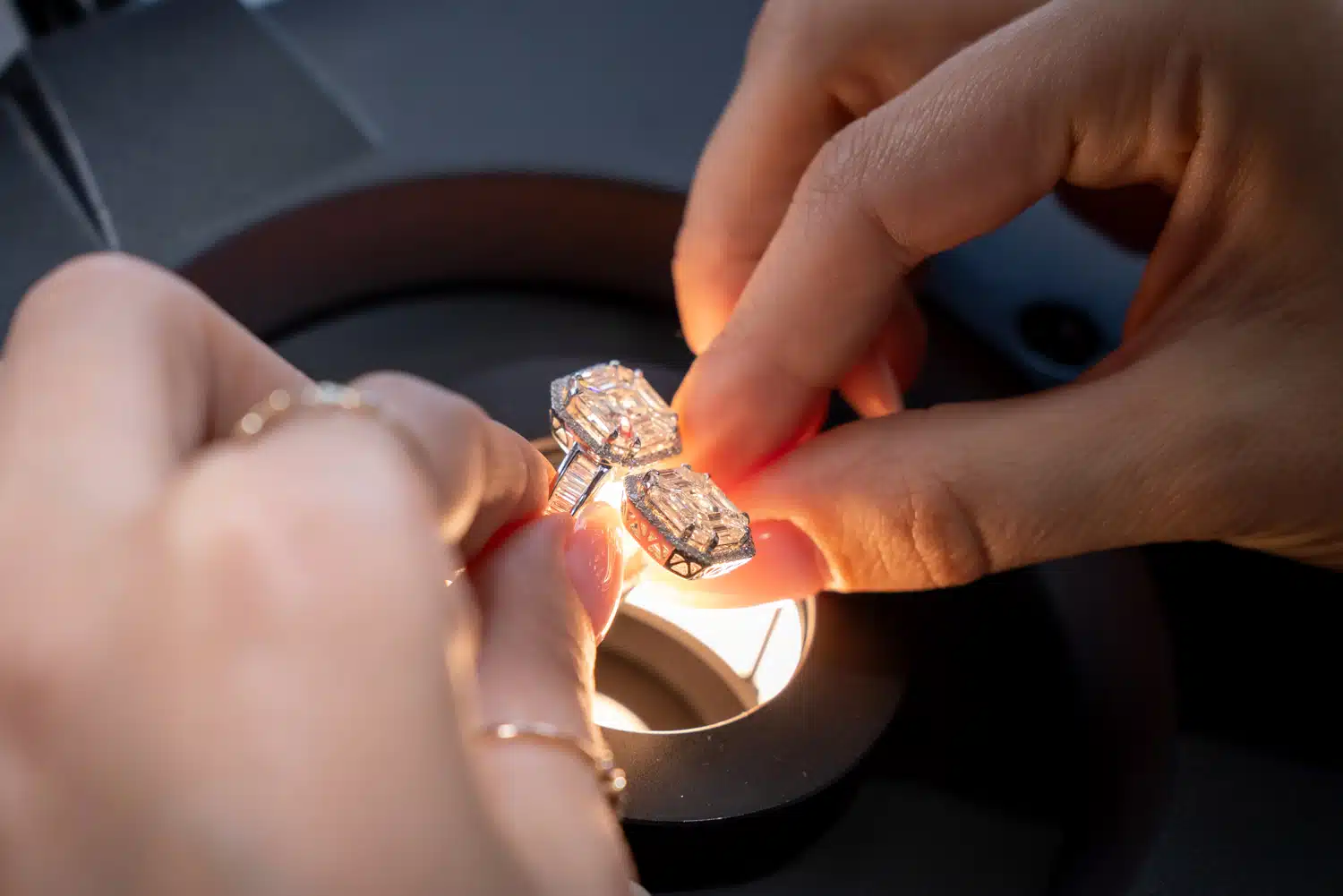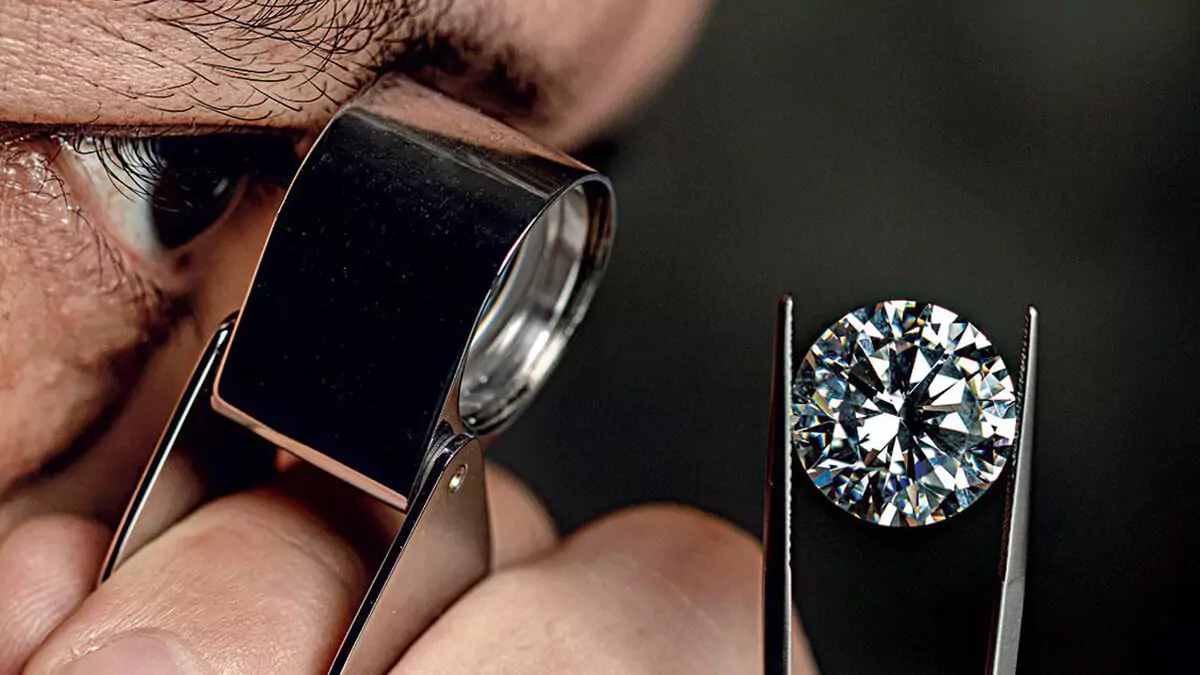In recent years, the popularity of lab-grown diamonds has surged, leading to increased interest in certification and grading organizations. Among the most recognized are the International Gemological Institute igi vs gia lab grown and the Gemological Institute of America (GIA). Both organizations play crucial roles in evaluating the quality of diamonds, including lab-grown ones. This article explores the differences, similarities, and implications of choosing between IGI and GIA for lab-grown diamonds.
Understanding Lab-Grown Diamonds
Lab-grown diamonds, also known as synthetic or cultured diamonds, are created in controlled environments that replicate the natural conditions under which diamonds form. They possess the same physical and chemical properties as natural diamonds, making them an attractive and often more affordable alternative. As the market for lab-grown diamonds grows, so does the need for reliable grading and certification.
IGI vs. GIA: An Overview
The International Gemological Institute (IGI), founded in 1975, is one of the oldest gemological laboratories in the world. It specializes in grading both natural and lab-grown diamonds, offering services that include certification and education. IGI provides detailed reports on the quality of diamonds, focusing on the four Cs: carat weight, cut, color, and clarity. The institute also offers educational programs and resources for consumers and professionals in the jewelry industry.
The Gemological Institute of America (GIA), established in 1931, is widely regarded as the most reputable diamond grading organization globally. It was the pioneer of the four Cs system and has established stringent grading standards. The GIA provides comprehensive reports known for their thoroughness and is often considered the gold standard in the industry. Additionally, the GIA invests significantly in research and technology to advance gemological knowledge.
Key Differences
One of the primary differences between IGI and GIA lies in their grading standards. The GIA employs rigorous standards, which are often perceived as more stringent compared to IGI. Their grading reports include precise details about the diamond’s features and are widely accepted in the market. In contrast, while IGI also adheres to industry standards, some jewelers and consumers believe its grading may be slightly more lenient, which could affect resale value.
Another notable difference is in the report presentation. GIA reports are known for their clarity and depth, with additional sections on potential enhancements and a comprehensive analysis of the diamond. IGI reports, on the other hand, are user-friendly but may provide less detail in certain areas compared to GIA reports.
Market recognition is also a significant factor. The GIA’s reputation in the diamond industry is unparalleled, with most retailers and consumers recognizing it as the premier grading body. While IGI is respected, it does not have the same level of recognition and trust as GIA, particularly in high-value transactions.
Similarities
Despite their differences, both IGI and GIA play important roles in the lab-grown diamond market, offering essential services to consumers. Both organizations certify lab-grown diamonds using the same criteria as natural diamonds, providing consumers with confidence in the quality of their purchase. They also prioritize consumer education, offering resources to help buyers understand the complexities of diamond grading.
Implications for Consumers
When choosing between IGI and GIA for lab-grown diamonds, consumers should consider several factors. One important consideration is value. GIA-graded diamonds may hold better resale value due to the organization’s reputation. For buyers seeking comprehensive information, GIA reports might be more informative and detailed. Cost is another factor; IGI grading may be slightly less expensive, appealing to budget-conscious consumers.
Conclusion
Both IGI and GIA play significant roles in the lab-grown diamond market, offering essential services to consumers. While the GIA is often viewed as the gold standard, IGI provides reliable grading and certification. Ultimately, the choice between IGI and GIA depends on individual preferences regarding trust, detail, and price. As the market for lab grown diamonds continues to grow, understanding these differences will empower consumers to make informed decisions about their purchases.



